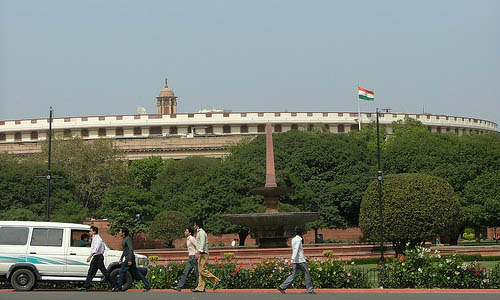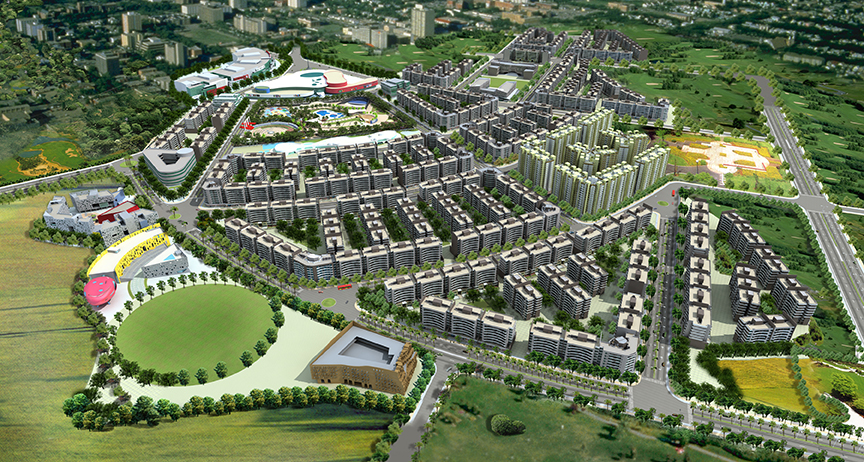
Tips on buying a ‘starter’ home
Buying a home, though a momentous step for most people, is usually not a final thing in and by itself. Most homeowners will upgrade their homes at some point, which makes their first homes ‘starter homes’.

Buying a home, though a momentous step for most people, is usually not a final thing in and by itself. Most homeowners will upgrade their homes at some point, which makes their first homes ‘starter homes’.

When the Government of India was announcing relaxation with FDI norms a day ahead of Diwali, many analysts thought it to be a Diwali gift for 15 core sectors that could also prolong the festive spirit for the real estate sector.

A few may have succeeded but most of the developers have failed to position themselves right during the slowdown. In the process Track2Realty finds that the brand realty has taken a severe beating, losing the trust of both the end-users and the investors. The brand positioning that differentiates between the two different realty companies is today negligible with developers’ focus to sell. That, unfortunately, is not working for them and commanding premium over the brand reputation today is a far cry. Our team speaks to a cross section of developers, analysts and brand experts who may differ with each other but nearly all agree that sector has to come out of the Catch 22 situation.

In the real estate market consumer activism in India may have been high in recent times, but consumer awareness is pretty low. Most of the first time home buyers even fail to differentiate between what they want and what they need in an apartment, forget about their knowledge with regard to legalities and necessary checklist. The mismatch between developers’ offerings and buyers’ perception is a critical missing link leading to an impression gaining ground that the developer has not fulfilled his promise.

When Roshan Abbas, a property broker operating out of Mira Road of Western Suburb, claimed that the region would be the catalyst of housing revival in the Mumbai Metropolitan Region (MMR), many thought this to be claims of a broker glorifying his catchment area. Some of the critics even dismissed it as another marketing stunt on the eve of the festive season of Navratra.

In a price-sensitive market like Pune, affordable housing is always in demand. The city’s working and earning middle class is constantly on the lookout for good homes available within their budget. This festive season, the Pune market is showing signs of increased activity as always, but the onus is on homes which fit people’s budgets.

Affordable housing, though a widely-used term in India, actually means different things to different sets of demographics. The definition of ‘affordable’ is heavily influenced by the socio-economic variables that drive a certain city or location.

For a very long time, Pune was considered little more than a pensioner’s destination which benefited to some extent from its proximity to Mumbai. It was not considered a serious real estate market at a national or international level. This has now changed for good – the city has attained its own unique identity and is firmly in the limelight as a thriving economic microcosm, with a real estate market that has overtaken Mumbai in terms of attractiveness and investment viability.

It is an interesting reality that most developers will not consider a purchase inquiry as legitimate unless the lady of the house in attendance. This fact speaks volumes, and deserves in-depth analysis. The plain fact is – when it comes to choosing and buying a home, the ‘male prerogative’ – in any case a rapidly dying concept in today’s world – takes the back seat.

Viewed dispassionately, the current government’s ‘Housing for all by 2022’ promise seems a bit unrealistic at the moment, as the modalities and concrete steps needed to be undertaken to achieve this goal have not been spelled out. Making 2 crore urban houses and 4 crore rural houses available is a huge undertaking in itself, and will require not only sustained government interest and investment but also substantial private sector investment and involvement.
